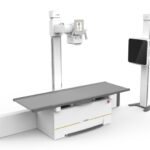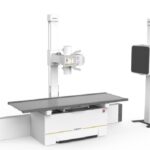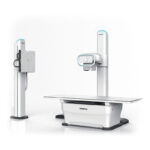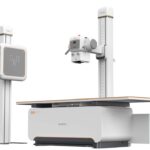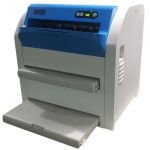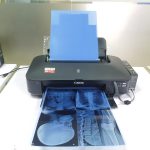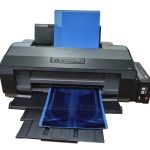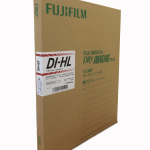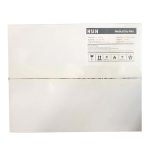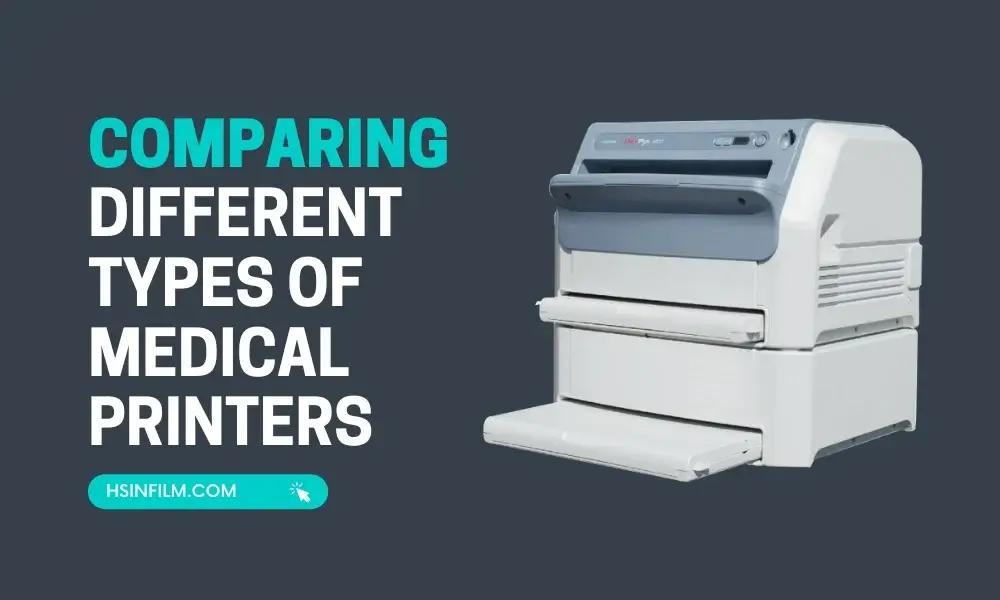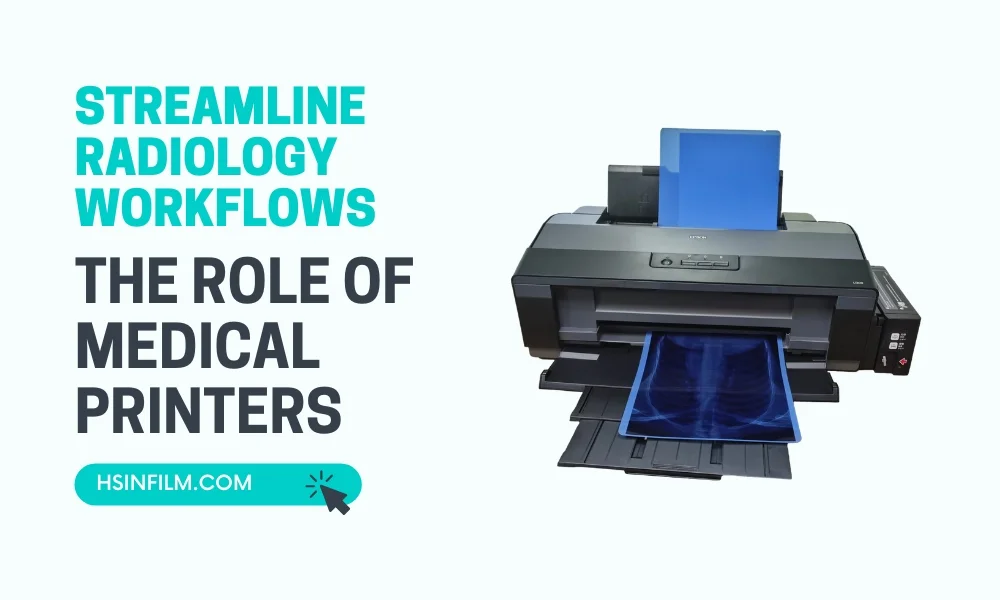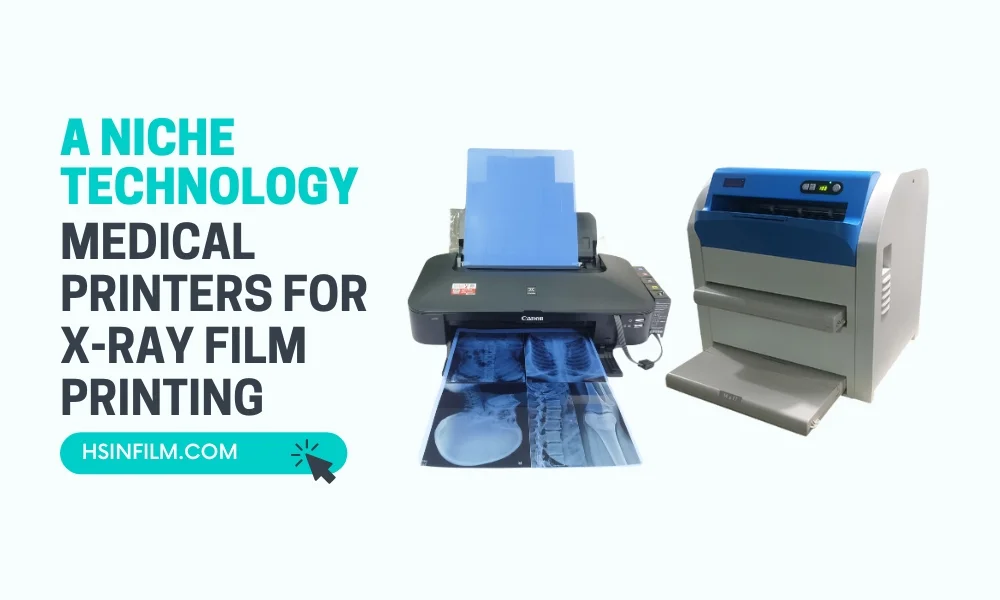A high-quality radiographic film should provide clear, detailed images that allow radiologists to detect abnormalities with precision. Any compromise in film quality—whether due to improper exposure, poor processing, or inadequate storage—can lead to misdiagnosis and potential harm to patients. Radiologists rely on clear, high-contrast images to make precise assessments.
Poor-quality films can lead to misinterpretations, unnecessary retakes, increased radiation exposure, and compromised patient care. In this guide, we’ll explore key factors that radiologists should consider when evaluating medical film quality, including image clarity, consistency, durability, and compatibility with imaging systems.
Table of Contents
What is Medical Film?
Medical film is a specialized type of photographic film used in radiology to capture and store images of internal body structures. Unlike standard photographic films, medical films are designed to work with X-ray, CT, MRI, and ultrasound machines to produce high-resolution images for diagnostic purposes.
Types of Medical Films
- X-ray Film: Used in conventional radiography, fluoroscopy, and mammography.
- MRI Film: Prints of magnetic resonance images, often used for referencing in non-digital facilities.
- CT Scan Film: High-detail prints of computed tomography scans.
- Ultrasound Print Films: Hard copies of sonographic images for patient records.
While digital imaging has become more prevalent, medical films are still widely used, especially in facilities with limited digital infrastructure.
Also read: How to Properly Store Medical Imaging Films to Prevent Degradation
Key Factors Affecting Medical Film Quality
Several factors influence the quality of medical films, including:
- Resolution: The ability of the film to capture fine details.
- Contrast: The difference between dark and light areas, crucial for identifying abnormalities.
- Density: The overall darkness of the film, which should be balanced for optimal visualization.
- Noise and Artifacts: Any unwanted marks, scratches, or inconsistencies that may obscure diagnostic details.
Poor film quality can result in misinterpretation of radiographs, potentially leading to incorrect diagnoses and treatment plans.
Film-Screen vs. Digital Imaging
Medical imaging has evolved significantly with the advent of digital radiography. However, traditional film-screen radiography is still in use.
Comparison:
| Feature | Film-Screen Radiography | Digital Radiography |
|---|---|---|
| Image Storage | Physical films | Digital PACS systems |
| Processing Time | Requires chemical processing | Instant image availability |
| Cost | Lower initial cost | Higher initial cost, but more cost-effective over time |
| Image Quality | Susceptible to defects | Higher consistency and clarity |
| Environmental Impact | Uses chemicals | Eco-friendly |
While digital imaging is becoming the standard, some hospitals and clinics still rely on traditional medical films due to budget constraints or specific use cases.
How to Ensure High-Quality Medical Film Production
Maintaining film quality requires strict adherence to proper handling and processing techniques:
- Correct Exposure: Ensuring the right balance of radiation dose to produce clear images.
- Proper Film Handling: Avoiding scratches, fingerprints, and dust.
- Optimal Processing Conditions: Using fresh chemicals and maintaining proper temperature and humidity.
- Appropriate Storage: Keeping films in a cool, dry place to prevent degradation.
These best practices help ensure that medical films provide accurate diagnostic information.
Common Defects in Medical Films
Radiologists should be aware of common film defects, such as:
- Artifacts: Unwanted marks from dirt, dust, or scratches.
- Fogging: Overexposure to light causing overall darkening.
- Static Marks: Caused by improper handling in dry environments.
- Improper Exposure: Underexposed or overexposed images leading to poor visibility.
Identifying and preventing these defects is crucial for maintaining high diagnostic standards.
The Role of Radiologists in Evaluating Film Quality
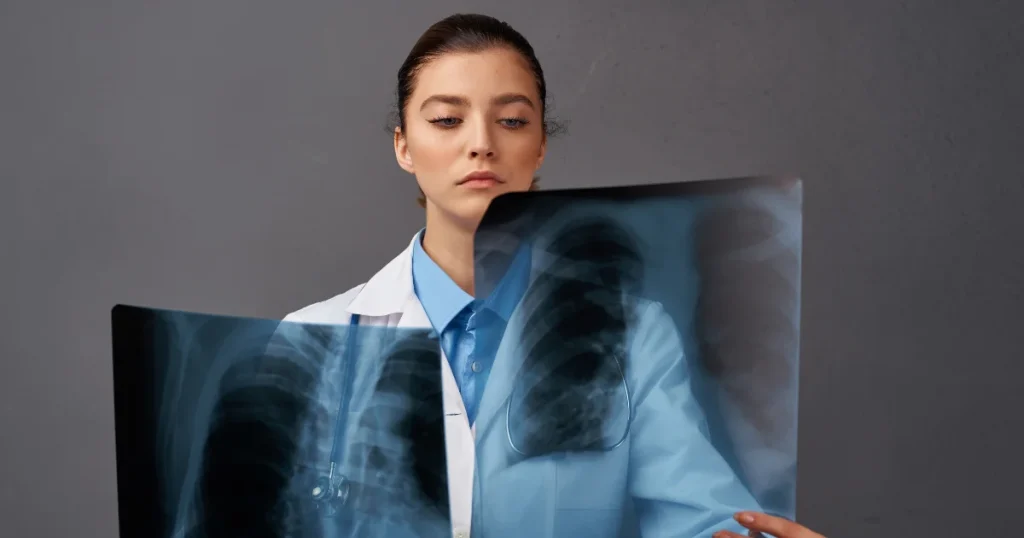
Radiologists must assess film quality before making a diagnosis. Key aspects include:
- Ensuring clear visualization of anatomical structures.
- Checking for uniform contrast and density to avoid misinterpretation.
- Identifying defects or artifacts that may interfere with diagnosis.
Proper evaluation helps ensure accurate and reliable patient assessments.
Image Clarity and Resolution
A high-quality medical film should produce sharp, detailed images that allow radiologists to detect even the most subtle abnormalities. Key factors influencing image clarity include:
- Optical Density (OD): A well-balanced OD ensures that the film produces a full range of grayscale tones, from deep blacks to bright whites.
- Contrast Resolution: Proper contrast levels help distinguish fine details, such as soft tissue differences or small lesions.
- Uniform Coating: A consistent imaging layer prevents blotches, streaks, or uneven grayscale distribution.
When evaluating film quality, radiologists should assess whether the images provide sufficient contrast and detail for accurate interpretation.
Consistency Across Batches
Film quality must remain stable over time to ensure accurate diagnoses. Variability in production can lead to differences in grayscale representation, making it harder to compare images over different timeframes. Key aspects of consistency include:
- Batch-to-Batch Uniformity: Manufacturers should ensure that every roll or sheet of film meets the same quality standards.
- Predictable Processing Results: Whether using dry, thermal, or laser films, results should remain consistent regardless of the batch.
- Minimal Artifact Formation: Scratches, static marks, or processing streaks should not appear on high-quality medical films.
Radiologists should choose films from reliable manufacturers that perform stringent quality control checks.
Film Durability and Storage Considerations
Medical films must withstand handling, storage, and environmental changes without degradation. Durability factors include:
- Longevity: High-quality films resist fading and maintain image integrity over time.
- Moisture and Heat Resistance: Properly coated films prevent warping or deterioration due to temperature and humidity changes.
- Scratch and Smudge Protection: Anti-static and scratch-resistant coatings reduce damage from frequent handling.
To maintain film quality, radiologists should store films in temperature-controlled environments and use protective covers when handling physical copies.
Compatibility with Imaging Systems
Different radiology departments use various imaging technologies, including X-ray, CT, MRI, and ultrasound. Medical films should be compatible with:
- Dry Imaging Systems: Ensure compatibility with thermal and inkjet printing methods.
- Laser Imaging Systems: Films should support precise grayscale reproduction with laser printers.
- PACS and Digital Conversions: Films should retain high resolution when scanned for digital storage.
Selecting the right film for a specific imaging modality ensures optimal performance and diagnostic accuracy.
Compliance with Medical Standards
To ensure reliability and safety, medical films should comply with industry standards such as:
- ISO 9001 & ISO 13485: International standards for consistent manufacturing and medical device quality.
- FDA & CE Certification: Regulatory approvals indicating compliance with healthcare safety guidelines.
- DICOM Standards: Ensures digital compatibility and consistent grayscale representation when converting to electronic formats.
Radiologists should verify that the films they use meet recognized healthcare and imaging standards for quality assurance.
Frequently Asked Questions (FAQs)
1. Why is medical film quality important?
High-quality medical films ensure accurate diagnosis and effective treatment planning.
2. How can radiologists improve film quality?
By following proper exposure techniques, handling protocols, and storage guidelines.
3. What are common issues with medical films?
Artifacts, fogging, scratches, static marks, and improper exposure.
4. Is digital radiography better than film?
Digital imaging offers superior quality, faster processing, and better storage options, but film is still used in some cases.
Conclusion
Medical film quality is a crucial aspect of radiology, impacting patient care and diagnostic accuracy. Radiologists must understand best practices in film handling, processing, and evaluation to ensure optimal imaging outcomes. Radiologists should prioritize films that offer sharp image clarity, batch-to-batch consistency, durability, system compatibility, and compliance with medical standards. Choosing high-quality films minimizes diagnostic errors, improves efficiency, and enhances patient care.
Looking for premium medical films? Contact us today to explore high-quality imaging solutions tailored to your needs.

